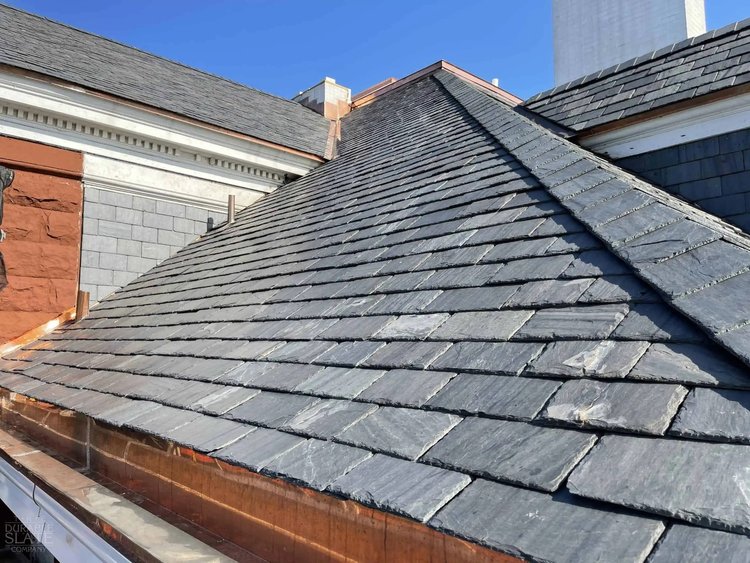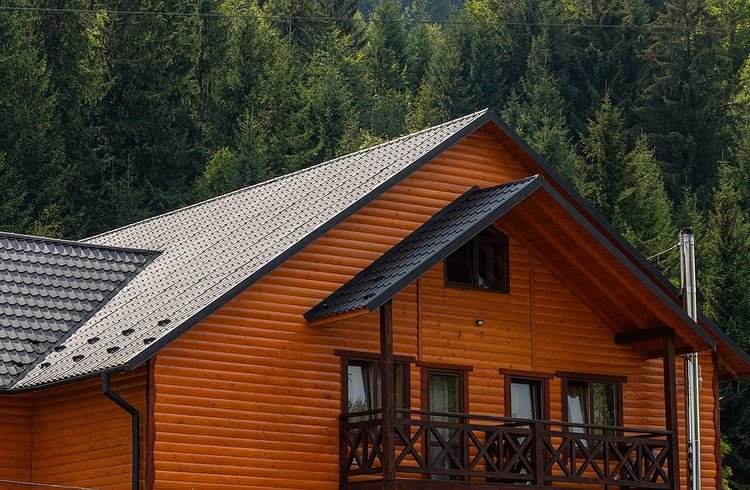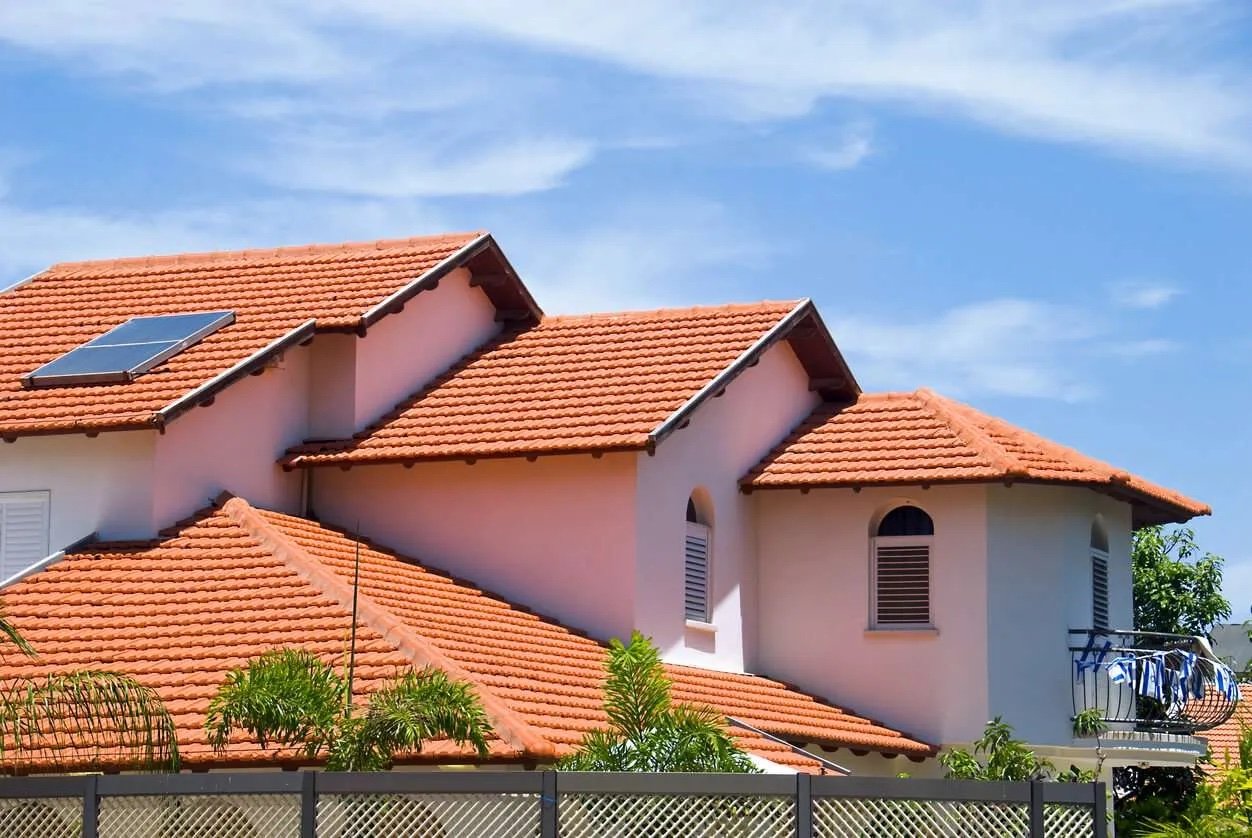Courtesy of Roof Star Arizona
If you’re a solar contractor working across multiple regions in the United States, you’ve got an extra problem to manage. On top of the usual challenges like identifying roof obstructions or getting accurate shading data, you also have to manage widely varying roof structures.
This article provides an overview of common roof structures, why roofs are built in specific ways and considerations you need to know as a Contractor.
Regions with flat and low-slope roofs
Florida
The typical Floridian home has a low slope or is even flat in order to withstand hurricane-force winds, something to pay attention to for anyone conducting manual surveys. Solar energy in the state started with pool heating but has since moved to residential use cases, making Florida one of the fastest-growing regions for rooftop solar in the country.
Arizona and New Mexico
These desert climate states also have flat or low-sloped roofs, but they are built that way to keep houses cool in the summer rather than protect them from hurricanes. Because they are built for airflow, they are often built with multiple layers of asphalt, PVC membranes, and foam layers. This can make manual surveying difficult as you don’t want to damage the layers while walking on the roof.

Courtesy of The Durable Slate
Regions with steeply pitched and tall roofs
Texas
Most homes in Texas–particularly new builds–have steeply pitched roofs to help shed rainwater and withstand high winds. Roofs are typically made of asphalt shingle, but metal is also becoming increasingly common. What’s unique about Texas isn’t just the multiple rooflines but also the risk of increasingly-strict HOA and AHJ rules with specific data requests that are difficult to collect manually.
The Midwest
Homes in Midwestern states like Illinois or Wisconsin often have steeply pitched roofs built with asphalt shingles to help shed snow and ice. Some homes may also have gambrel roofs (also called hipped roofs) to make attics larger. This causes an interesting challenge for manual solar surveying since many roof planes where the array might go are nearly vertical.
The Northeast
Much like the Midwest, many homes in Northeastern states like Connecticut or Vermont also have steeply pitched roofs built with primarily asphalt shingles. However, you can also find some flatter roof styles or homes with dormer windows in the attic to make the space larger. Both of these can cause challenges for Surveyors working around various roof obstructions.

Courtesy of Brava Roof Tile
Regions with varying roof types
The Pacific Northwest
Homes in Pacific Northwestern states like Washington or Oregon often have sloped roofs built of asphalt shingles or metal to shed rainwater and some snow. However, you’ll also see flatter roofs, particularly in postwar suburban bungalow communities. Where this region differs even further from other areas is that roofs might also collect moss or algae due to its damp climate and generally overcast weather, making them slippery to walk on. These differences haven’t stopped solar growth in the region, especially as technology upgrades make it easier to capture solar energy even when it’s cloudy.
California
Roofs in California are primarily built to be fire-resistant in interior land areas and wind resistant in most coastal areas. The result is a wide variety of roof structures, though they tend to be either flat or lightly sloped; you won’t typically find a tall, multi-pitched roof in California as you might in Texas, for example. The most populous regions in the state–Los Angeles and San Francisco areas specifically–are also incredibly dense, making it difficult to find ladder set-up space for manual surveys. That said, solar in the state is still growing, with some local Contractors describing it as akin to a new gold rush.
Drones resolve all surveying issues
Wherever you operate in the United States, data clearly shows that Surveyors don’t feel safe on roofs. In fact, 94.7% of solar Surveyors are open to a measurement solution that does not require climbing on roofs, such as drones.
Not only do drones make surveying safer and up to 5x faster, but it has the added benefit of working on every single roof type.
Are roof tiles too hot to climb on in the Arizona summer heat? No problem. A Texas new-build has multiple steep pitches that aren’t safe to climb on? The drone can still capture data. An old New England home with a few trees nearby? Drones have obstacle avoidance.
When you use the right technology, you eliminate a significant amount of concern, administrative work, and additional time—all while getting accurate data that Designers can use to move the project along.






